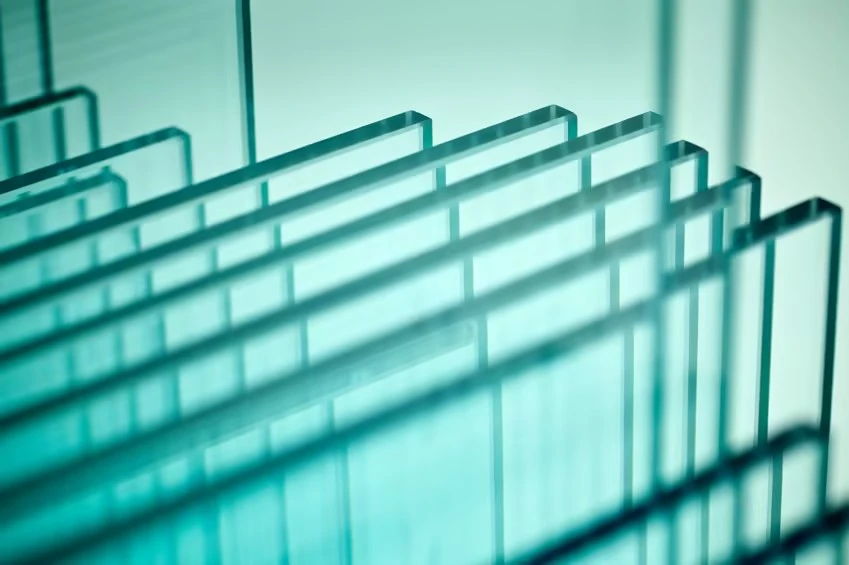

The Allure and Functionality of Mirror Glass Material
Mirror glass material is an intriguing and multifaceted component used across various sectors, from interior design to architecture. This unique material not only serves an aesthetic purpose but also fulfills functional roles in our daily lives. Understanding its characteristics, applications, and benefits can provide deeper insights into why mirror glass continues to be a popular choice for designers and consumers alike.
What is Mirror Glass?
Mirror glass is specially designed to reflect light, creating a mirrored surface that is smooth, shiny, and capable of providing clear reflections. Typically made from glass that has been coated with a thin layer of metal—commonly aluminum or silver—this reflective surface is achieved through a process known as silvering. This coating allows the glass to reflect light effectively, making it ideal for various applications. The quality of the reflection depends on factors such as the thickness of the glass and the quality of the metal coating, which has given rise to a wide variety of mirror glass products in the market.
Applications of Mirror Glass
Mirror glass is incredibly versatile, finding applications in several areas
1. Interior Design In the world of interior design, mirror glass is used to create an illusion of space and to enhance the brightness of a room. Strategically placing mirrored surfaces can make a small area appear larger and more open. Designers often use large glass mirrors in living rooms, hallways, and bedrooms to create a focal point and add depth to the decor.
2. Architectural Elements In modern architecture, reflective glass is widely used in the facades of buildings. This not only aids in energy efficiency by reflecting heat and light but also creates stunning visual effects by reflecting the surrounding environment. Iconic buildings around the world utilize mirror glass to establish a dialogue between the structure and its surroundings.
3. Retail Spaces Retail environments commonly incorporate mirror glass to enhance the shopping experience. Mirrors are used in fitting rooms and around display areas to help customers view themselves in various outfits and promote a sense of luxury. The reflective qualities can also make small shops appear more spacious and inviting.
4. Automotive Industry In the automotive sector, mirror glass is used for side view mirrors and rear-view mirrors, playing a crucial role in safety by providing drivers with essential visibility. The reflective properties ensure clear images, contributing to safer driving experiences.

5. Art and Decoration Artists and decorators often employ mirror glass as a medium for creating stunning art pieces, sculptures, and decorative elements. The reflective quality enhances the interplay of light and shadow, adding an extra dimension to artworks.
Benefits of Mirror Glass
The use of mirror glass material comes with several advantages
- Aesthetic Appeal Mirror glass adds a luxurious feel to any space, reflecting light and color in a way that enhances overall decor.
- Functionality Beyond aesthetics, mirror glass provides practical benefits such as increased light reflection, making spaces feel more vibrant and lively.
- Space Enhancement As mentioned earlier, mirrors can create an illusion of space, making them an indispensable tool in smaller areas.
- Customization Mirror glass can be easily customized in terms of shape, size, and thickness, allowing for diverse designs tailored to specific needs.
- Durability High-quality mirror glass can be remarkably resilient, resisting wear and tear over time, which makes it a long-lasting option in various applications.
Conclusion
In conclusion, mirror glass material transcends its simple function of reflection to become a vital element in design and architecture. Its ability to enhance aesthetics, improve functionality, and adapt to various environments makes it a popular choice among designers, architects, and consumers. As technology advances, we can expect to see even more innovative uses for mirror glass, solidifying its position as a staple in contemporary design. Whether in our homes, workplaces, or public buildings, mirror glass continues to reflect the beauty and functionality we seek in the spaces we inhabit.